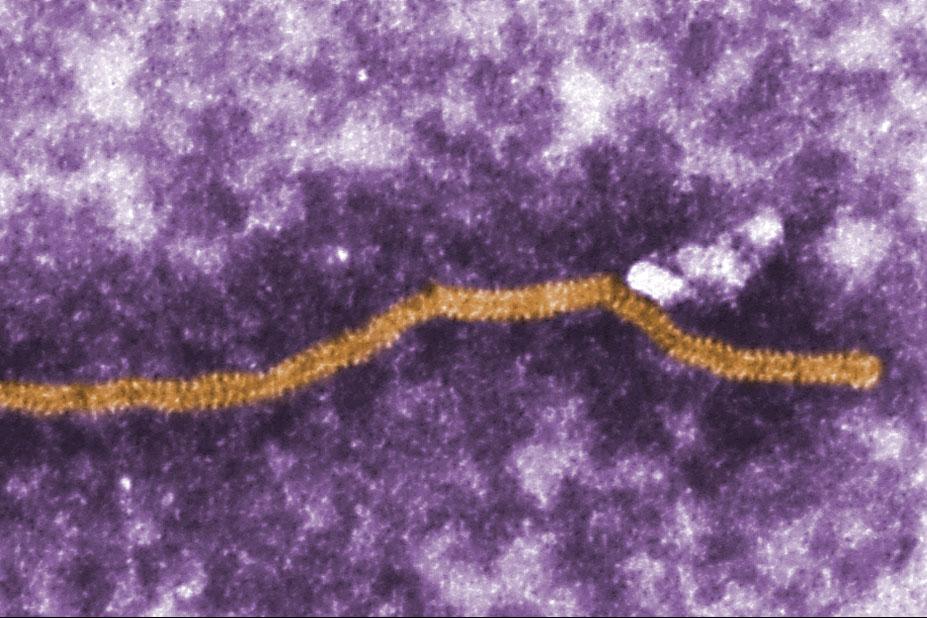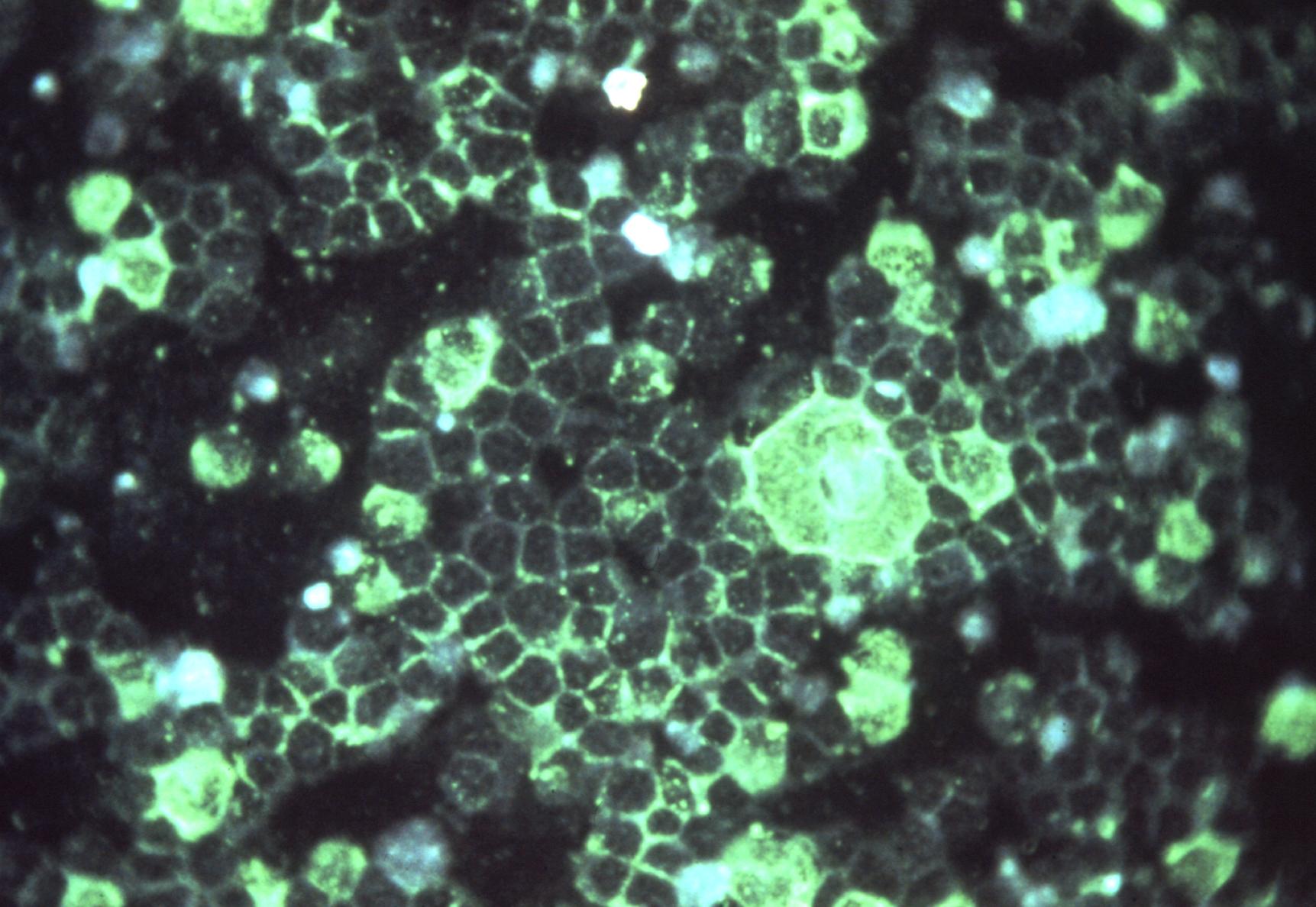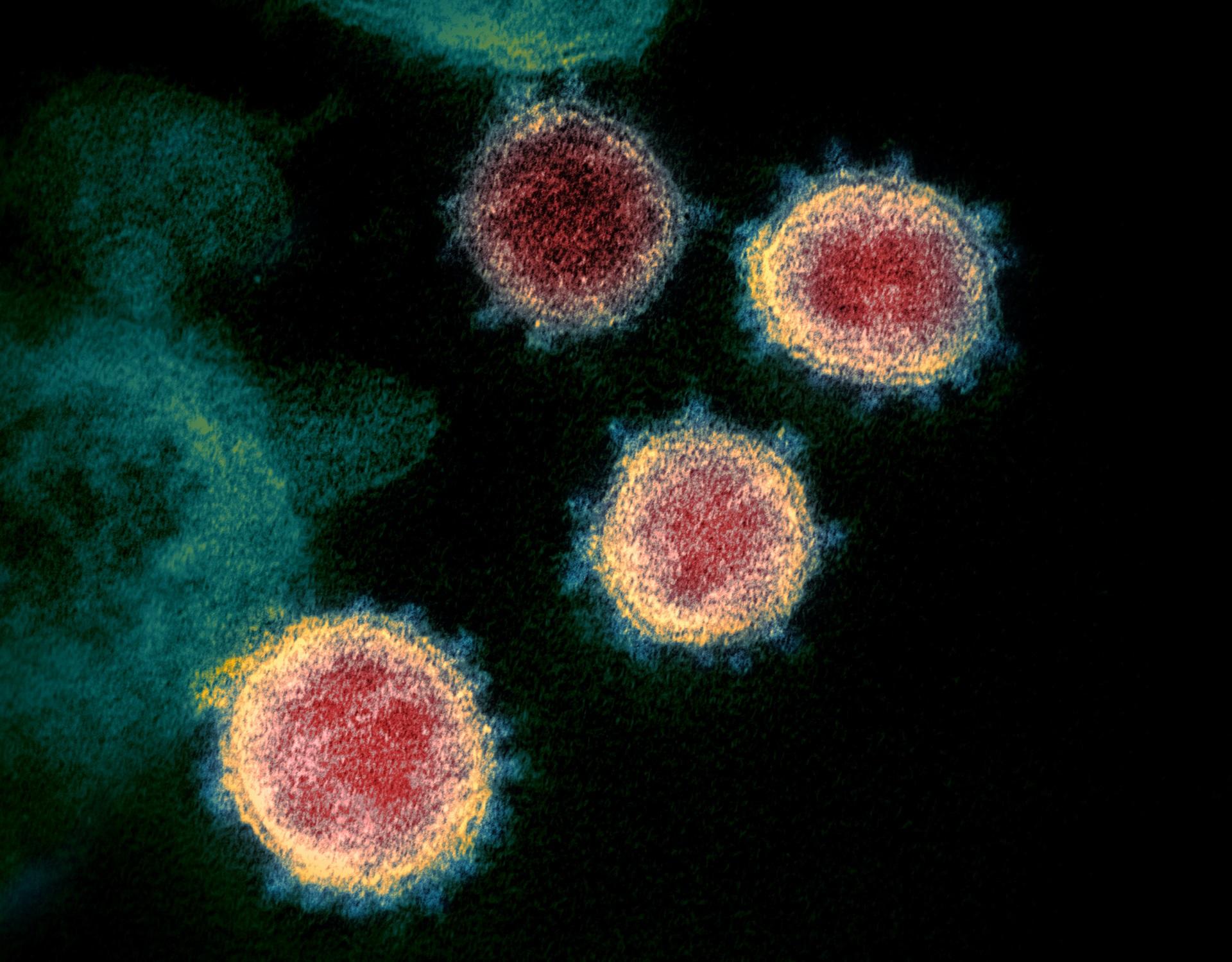Micro-fusion inhibition tests: quantifying antibody neutralization of virus-mediated cell-cell fusion
Although enveloped viruses canonically mediate particle entry through virus-cell fusion, certain viruses can spread by cell-cell fusion, brought about by receptor engagement and triggering of membrane-bound, viral-encoded fusion proteins on the surface of cells. The formation of pathogenic syncytia or multinucleated cells is seen in vivo, but their contribution to viral pathogenesis is poorly understood. For the negative-strand paramyxoviruses respiratory syncytial virus (RSV) and Nipah virus (NiV), cell-cell spread is highly efficient because their oligomeric fusion protein complexes are active at neutral pH. The recently emerged severe acute respiratory syndrome coronavirus 2 (SARS-CoV-2) has also been reported to induce syncytia formation in infected cells, with the spike protein initiating cell-cell fusion. Whilst it is well established that fusion protein-specific antibodies can block particle attachment and/or entry into the cell (canonical virus neutralization), their capacity to inhibit cell-cell fusion and the consequences of this neutralization for the control of infection are not well characterized, in part because of the lack of specific tools to assay and quantify this activity. Using an adapted bimolecular fluorescence complementation assay, based on a split GFP-Renilla luciferase reporter, we have established a micro-fusion inhibition test (mFIT) that allows the identification and quantification of these neutralizing antibodies. This assay has been optimized for high-throughput use and its applicability has been demonstrated by screening monoclonal antibody (mAb)-mediated inhibition of RSV and NiV fusion and, separately, the development of fusion-inhibitory antibodies following NiV vaccine immunization in pigs. In light of the recent emergence of coronavirus disease 2019 (COVID-19), a similar assay was developed for SARS-CoV-2 and used to screen mAbs and convalescent patient plasma for fusion-inhibitory antibodies. Using mFITs to assess antibody responses following natural infection or vaccination is favourable, as this assay can be performed entirely at low biocontainment, without the need for live virus. In addition, the repertoire of antibodies that inhibit cell-cell fusion may be different to those that inhibit particle entry, shedding light on the mechanisms underpinning antibody-mediated neutralization of viral spread.



